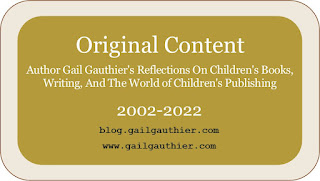Here is the last of the three reposts from 2008 about Pierre Bayard's How To Talk About Books You Haven't Read. I know you've been waiting for it.
You'll note in this post that I saw Bayard writes that we're going to forget a lot that we read. Vrai, vrai. The interesting thing about How to Talk About Books You Haven't Read is that I haven't forgotten it. I don't recall every word, of course. Reading these posts was a nice refresher. But the book, itself, and Bayard's point about how we often have knowledge of books we haven't read because of the significance of the books for our culture has definitely stuck with me.
Friday, June 27, 2008 In Which We Talk About Different Ways Of Not Reading
Books You Don't Know: I don't recall a whole lot about this section. At this point, I was still wondering if Bayard was joking.
Books You Have Skimmed: I have to admit, I've had to do this many times. There are a lot of books out there that I feel I should be familiar with but find really dreadful. So once I decide that I'm too old to be wasting valuable hours of my life reading this dribble, I start skimming so that I have a feel for the work. Seriously, I think it's much better to have a feel for a book then to have no knowledge of it at all. As it turns out, Bayard agrees with me.
Books You Have Heard Of: Reading reviews, articles, and blog posts about books can give you a handle on the books' place in the booky scheme of things, or the collective library, as Bayard calls it.
Books You Have Forgotten: Sadly, we're going to forget a lot of what we read.
You know the way of not reading that Bayard doesn't cover in his book? Books you have read and not understood. Sophie's World comes immediately to my mind. Perhaps Bayard, being a French intellectual and all, has never experienced this kind of not reading.















